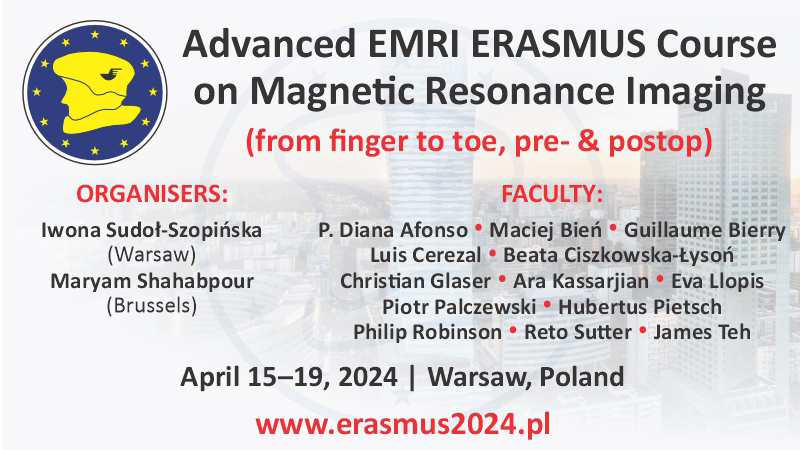Shear wave elastography with a new reliability indicator
Christoph F. Dietrich1, Yi Dong2
 Affiliation and address for correspondence
Affiliation and address for correspondenceNon-invasive methods for liver stiffness assessment have been introduced over recent years. Of these, two main methods for estimating liver fibrosis using ultrasound elastography have become established in clinical practice: shear wave elastography and quasi-static or strain elastography. Shear waves are waves with a motion perpendicular (lateral) to the direction of the generating force. Shear waves travel relatively slowly (between 1 and 10 m/s). The stiffness of the liver tissue can be assessed based on shear wave velocity (the stiffness increases with the speed). The European Federation of Societies for Ultrasound in Medicine and Biology has published Guidelines and Recommendations that describe these technologies and provide recommendations for their clinical use. Most of the data available to date has been published using the Fibroscan (Echosens, France), point shear wave speed measurement using an acoustic radiation force impulse (Siemens, Germany) and 2D shear wave elastography using the Aixplorer (SuperSonic Imagine, France). More recently, also other manufacturers have introduced shear wave elastography technology into the market. A comparison of data obtained using different techniques for shear wave propagation and velocity measurement is of key interest for future studies, recommendations and guidelines. Here, we present a recently introduced shear wave elastography technology from Hitachi and discuss its reproducibility and comparability to the already established technologies.






